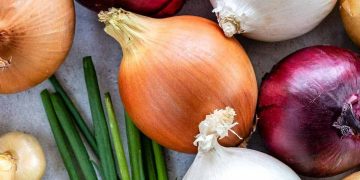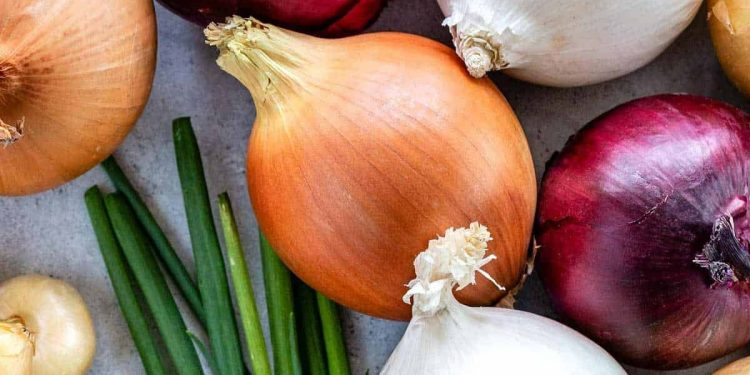#Grossseedonionyield #climate-smartagriculture #integratedpestmanagement #organicfarming #sustainableagriculture
The latest data from the Central Bureau of Statistics shows a significant decrease of 17.2% in gross seed onion yield. This news is alarming for farmers, agronomists, agricultural engineers, farm owners, and scientists who work in agriculture. This article will explore the potential causes of this decrease and suggest possible solutions to improve onion yield.
According to the Central Bureau of Statistics, the decrease in gross seed onion yield can be attributed to several factors. Firstly, unfavorable weather conditions, such as excessive rainfall, frost, and drought, have affected onion growth and development. Secondly, pests and diseases, including onion thrips and fungal infections, have caused significant damage to onion crops, reducing yield. Lastly, poor soil fertility and lack of adequate irrigation facilities have also played a role in this decline.
To address these challenges, farmers and agricultural scientists can take several measures. Firstly, they can adopt climate-smart agriculture practices, such as rainwater harvesting, mulching, and cover cropping, to mitigate the impact of adverse weather conditions. Secondly, farmers can use integrated pest management techniques, such as biological control and crop rotation, to manage pests and diseases effectively. Thirdly, farmers can use organic fertilizers, such as compost and manure, to improve soil fertility and enhance onion growth and development.
The decrease in gross seed onion yield is a significant concern for the agricultural sector. Farmers, agronomists, agricultural engineers, farm owners, and scientists who work in agriculture need to collaborate and adopt innovative strategies to improve onion yield. By implementing climate-smart agriculture practices, integrated pest management techniques, and organic farming methods, we can ensure a sustainable and profitable onion production system.































